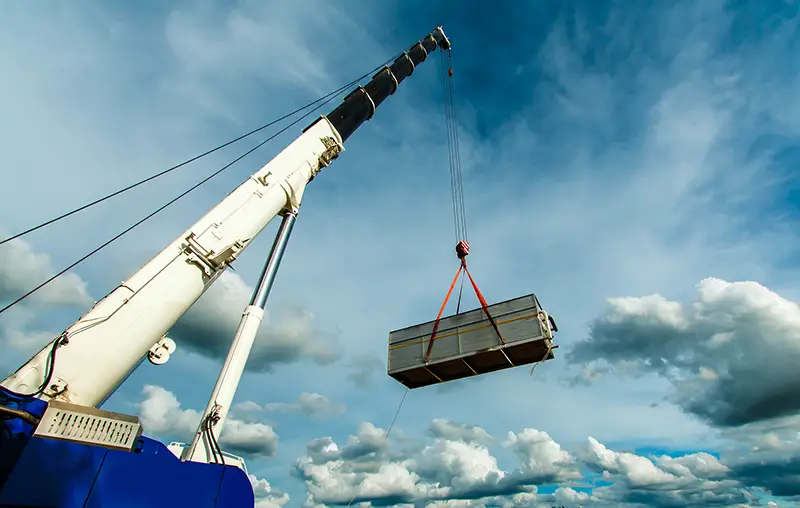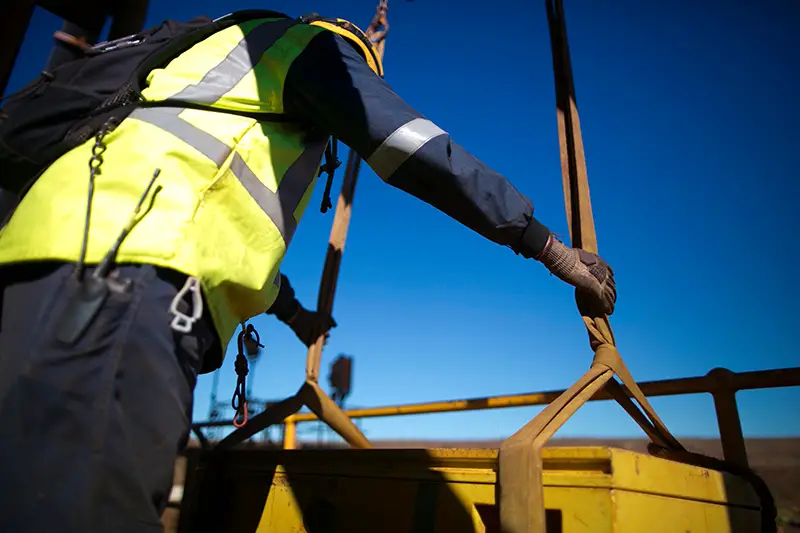Click here to get this post in PDF
We use lifting equipment to lift and lower things to where we need them. These tools differ in terms of size and functionality. There’s no one tool-fits-all; therefore, what A does isn’t what B does. Some handle extremely heavy goods, such as generators, whereas others handle medium to lightweight goods, such as packaging boxes. You’ll also find large lifting equipment that can’t fit in an enclosed area, while others can fit quite easily.
Despite the size or function, all lifting equipment intends to increase efficiency and make transportation easier. They serve various industries, such as logistics and construction.
Yet how does lifting equipment benefit the construction industry? Continue reading to know-how.
1. Saves Money
Construction projects consume a lot of financial resources. So project managers aim to reduce costs as much as possible. One sure way to reduce construction costs is by investing in lifting equipment.
With these tools, you don’t need to hire many workers to handle the transportation aspect of the project. Fewer workers mean fewer expenses like wages and benefits, with the extra money going to suppliers and funding other operations.
Without the tools, the task at hand becomes complex. In most cases, the harder a task is, the more you’ll have to pay the workers. Yet when you have lifting equipment on standby, you don’t need to incur extra costs.
Prolonged manual lifting of heavy equipment also often leads to health complications. For example, workers tend to develop backaches and dislocated joints, not to mention their increased risk for severe accidents. Hence, you have to pay more premium under the workers’ compensation insurance coverage with all these potential risks. However, by using Lifting & Height Safety Solution equipment, you guarantee your workers’ safety, reducing your expenditure.
2. Takes Up Complex Projects
Construction designs vary; some are complex, while others are easy to execute. Unfortunately, complex projects remain that way without the correct tools, which becomes a challenge for project managers.
Lifting equipment changes the narrative. Today, complex projects, such as modular construction, require lifting tools, such as tower cranes. With these cranes, you can easily move prefabricated parts to where they belong in a project, even a whole building. As a result, you can take up more projects and earn more income. These tools also prove that there’s no limitation to creativity in construction designs, bringing about innovation.
3. Increases Customer Satisfaction
Every project manager wants to satisfy clients by delivering construction projects that meet or exceed their expectations. What usually satisfies customers with construction projects? For one, they’d appreciate reduced project completion time. Most of the time, they want to get into their homes or buildings as soon as possible. They want to see the realization of the project that they planned and saved up for so long. To realize this, you’ll have to go with lifting equipment as they cut the work schedule by almost half.
Additionally, as stated earlier, lifting equipment minimizes the risk of accidents and other health liabilities. Hence, you won’t witness situations where workers take sick leave to attend to their injuries. Some of these sick leaves extend into weeks, depending on the severity of the injury. During this time, you’ll have to work with fewer workers onsite, reducing productivity and prolonging completion time. Besides, even if you decide to get replacements, you won’t get them overnight, so you’ll have to make do with fewer workers onsite.
4. Increases Productivity
Productivity is a crucial factor in construction projects. It determines the project completion time, which affects several other factors. For example, without lifting equipment, your workers will take more time carrying heavy equipment from one point to another. They will also take a long time to move several items, with a few times spent stopping to take a rest. Thus, you’ll only accomplish a few tasks, which is undesirable in most construction projects with deadlines to follow.
However, lifting equipment cuts this time to more than half. The tool will ferry heavy goods from one point to another faster. Therefore, workers will receive the goods they need promptly, allowing them to go back to fulfilling their duties. With lifting equipment at your disposal, more is done within a day, with less downtime.
Furthermore, lifting equipment eliminates the need to have several workers move things around. You only need one or two workers to operate the equipment. The other workers can start with other tasks at hand.
Conclusion
This article has discussed how the construction industry benefits from utilizing lifting equipment. As a project manager or contractor, you should consider investing in various lifting equipment to help you with your construction projects. The decision is yours, so ensure you make the right one.
You may also like: How to Effectively Manage Machines and Materials during Construction?
Image source: AdobeStock


